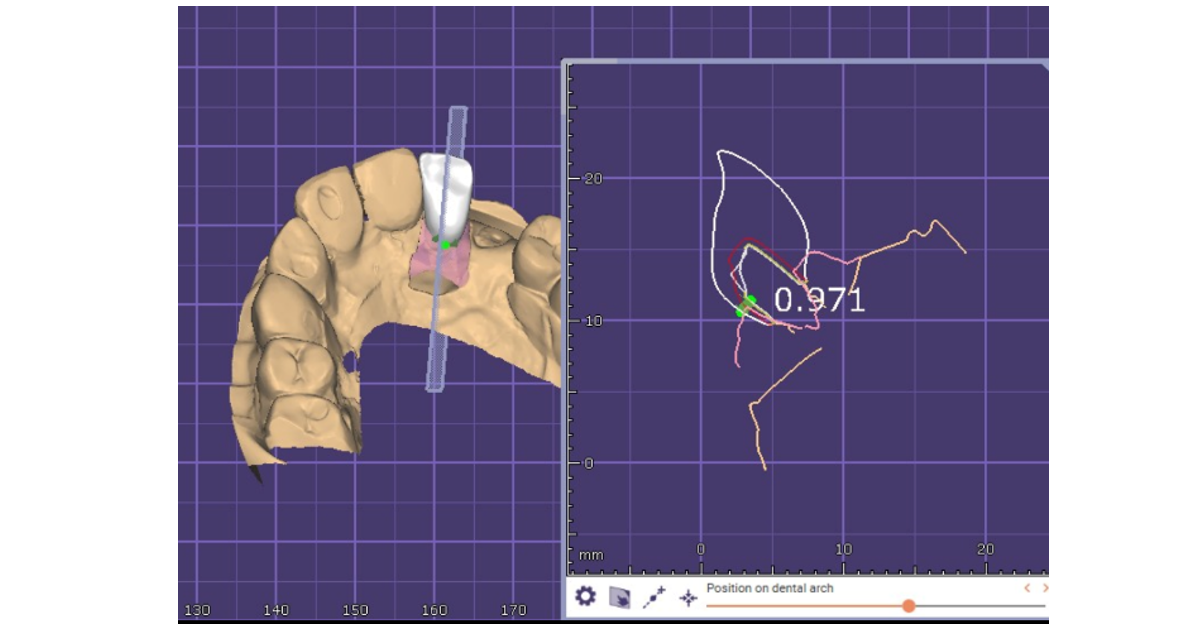Ceramic Dental Restorations: From Materials Sciences to Applications
A special issue of Materials (ISSN 1996-1944). This special issue belongs to the section "Biomaterials".
Deadline for manuscript submissions: 10 May 2024 | Viewed by 4720

Special Issue Editors
Interests: dental materials; corrosion science; quantitative study
Special Issue Information
Dear Colleagues,
In the development history of biomedical materials, orthopaedic and dental medical materials are closely related, and both require excellent biocompatibility and mechanical parameters. Generally, biomedical materials are used in orthopaedic surgery for some time before they are used in dentistry. For example, zirconia is used in the ball head of artificial hip joints. After a long time of clinical use verifying that it does not cause allergic reactions or metal corrosion, it was applied in the production of dental crowns and fixed dental prostheses (FDPs). However, due to factors such as aesthetics and occlusion and the advancement of CAD/CAM, many specialized dental ceramic materials have been developed in the past 20 years, including glass-ceramics, all-ceramic ZrO2, Vita Enamic, etc., to improve the transparency of dental crowns or avoid the cracking of short-span FDP.
Therefore, the purpose of this Special Issue is to collect research on the characteristics of dental ceramic materials, as well as the problems encountered in long-term clinical application. We also hope to further the development of ceramic materials with excellent microstructure control, or to reduce the breakage and fracture of clinical bridges or implants, or to improve the aesthetic quality of dental crowns. This Special Issue also welcomes research and review articles on ceramic crystallography, sintering, microstructure, cracks, digital dentistry, zirconia, glass-ceramics, hybrid ceramics, bonding, and ceramic implants. Interested scholars and dentists are welcome to submit.
Dr. Han-Chao Chang
Dr. Satoshi Yamaguchi
Guest Editors
Manuscript Submission Information
Manuscripts should be submitted online at www.mdpi.com by registering and logging in to this website. Once you are registered, click here to go to the submission form. Manuscripts can be submitted until the deadline. All submissions that pass pre-check are peer-reviewed. Accepted papers will be published continuously in the journal (as soon as accepted) and will be listed together on the special issue website. Research articles, review articles as well as short communications are invited. For planned papers, a title and short abstract (about 100 words) can be sent to the Editorial Office for announcement on this website.
Submitted manuscripts should not have been published previously, nor be under consideration for publication elsewhere (except conference proceedings papers). All manuscripts are thoroughly refereed through a single-blind peer-review process. A guide for authors and other relevant information for submission of manuscripts is available on the Instructions for Authors page. Materials is an international peer-reviewed open access semimonthly journal published by MDPI.
Please visit the Instructions for Authors page before submitting a manuscript. The Article Processing Charge (APC) for publication in this open access journal is 2600 CHF (Swiss Francs). Submitted papers should be well formatted and use good English. Authors may use MDPI's English editing service prior to publication or during author revisions.
Keywords
- ceramic crystallography
- sintering
- microstructure
- cracks
- digital dentistry
- zirconia
- glass-ceramics
- hybrid ceramic bonding
- ceramic implants







